How often should you fill your oil tank?
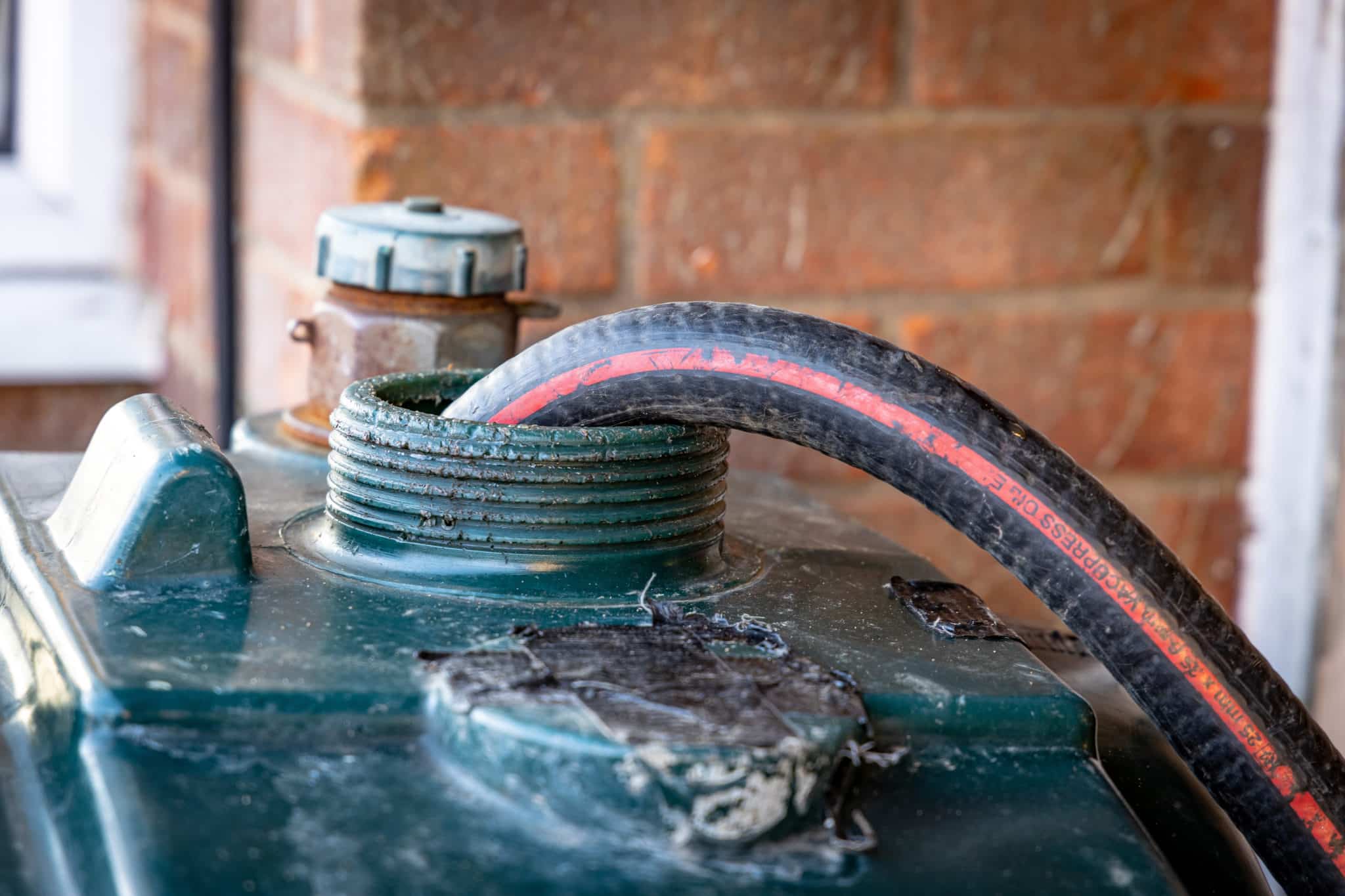
‘There’s nothing worse than unexpectedly running out of fuel, especially during cold winter months.
Not only is it an inconvenience for you with expensive emergency call outs, if you allow your fuel tank to empty completely it can cause serious harm to your heating system and appliances.
There is no set rule for how and when you should fill our oil tank but there are things you can put in place to ensure you don’t get caught short. This article pulls together the factors you need to consider for you to plan and prepare refilling your oil tank.
4 Factors that affect your heating oil usage
Households who rely on domestic oil tanks can use up to 2,000 litres of heating oil a year. However, how quickly the oil is used is dependent on several factors, all of which you should take into account:
What’s the size of your oil tank?
The capacity of your oil tank will determine how much oil it can hold and therefore how often you’ll need to refill it. Domestic oil tanks can hold between 1,000 – 2,500 litres, and oil deliveries have a minimum of 500 litres being delivered at any time. Once you know the size of your tank, you should be able to figure out how many deliveries you need throughout the year. This allows you to schedule them in plenty of time and wrap a budget around them.
Consider the weather and time of year
Naturally, households will use less oil in warm summer months and more oil in cold winter months. Levels tend to drop quickest between December and February when we’re doing all we can to keep ourselves, and our homes, warm.
You should consider special events throughout the year too, such as Christmas, Easter or birthdays where more people might be at home for a longer period of time. An increase in guests means heating more rooms and running more baths or showers which you should prepare for.
What are your household habits and size?
Every household is different in terms of size, who’s living there and their lifestyle. This means there’s no set number of oil refills you must have. We’ve broken this section down further so you can really understand how your household runs. You need to know:
- How many rooms need heating?
- How many appliances need fuelling?
- How many people live in your house at any one time?
- What’s the number of baths / showers?
- How often is your heating on?
- And at what temperature?
What’s the efficiency of your oil boiler
The great news is that heating oil is far more efficient at warming your home compared to gas or electric, meaning your home will warm up quicker whilst using less energy. But there’s a lot you can do too to ensure you’re getting the best performance from your oil tank. Old or poor performing tanks can waste oil, ultimately costing you more in refills. It can also cause damage to your heating system, the appliance it’s fuelling and your home overall.
Making simple changes within your home such as double glazing and insulation, can improve its energy efficiency. Better insulated homes will retain the heat, meaning you go through less oil, reducing your energy bills and refilling costs. We also recommend getting your oil tank regularly serviced in order to check it’s in tip-top working order.
For more information on your oil usage, ready our handy guide on what size oil tank you need for your home.
There’s a lot you can do to help plan and budget your oil tank refills. Start by tracking your usage across the year to get an average of how much oil you use, as well as the peak times you use it. This will determine when you need to arrange your oil refills and create a budget to pay for them.
You should also continue to check and maintain your oil tank to not only spot any cracks or leaks but to note the level of oil in it. Once the level is down to a quarter of the tank, we recommend refilling it. This’ll prevent your oil reaching the sediment and impurities that naturally sink to the bottom and become contaminated.
Spotted a split or a crack? Read our guide on what to do if you have a crack in your oil tank
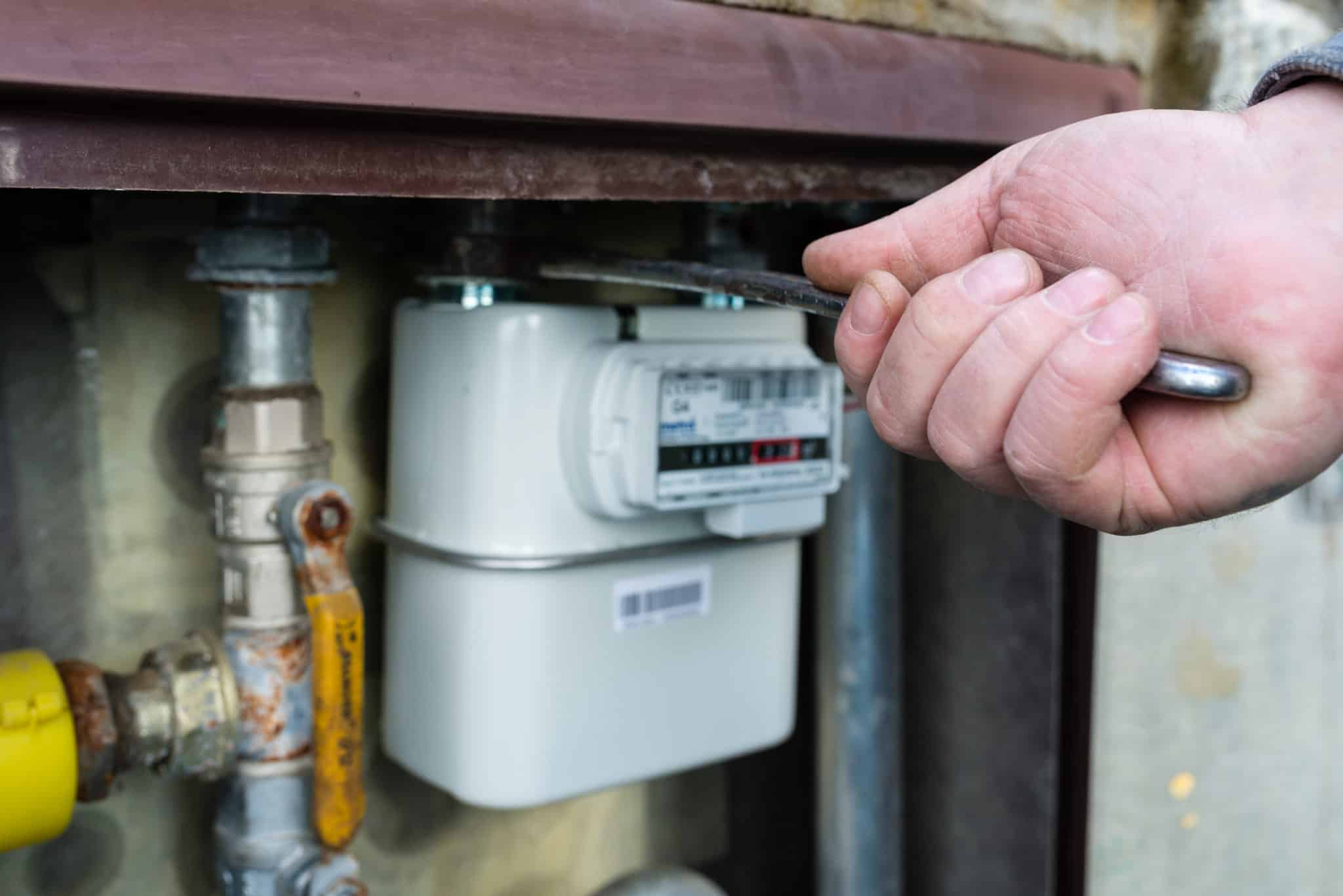
Find the right solution for you
With every household differing when it comes to oil tank sizes, their occupancy and their lifestyle, it’s important to understand what your own household requires. You can use these 4 key factors to help you strategically plan, prepare, budget and book your oil tank refills. If you have any further queries, please get in touch with one of our helpful experts.
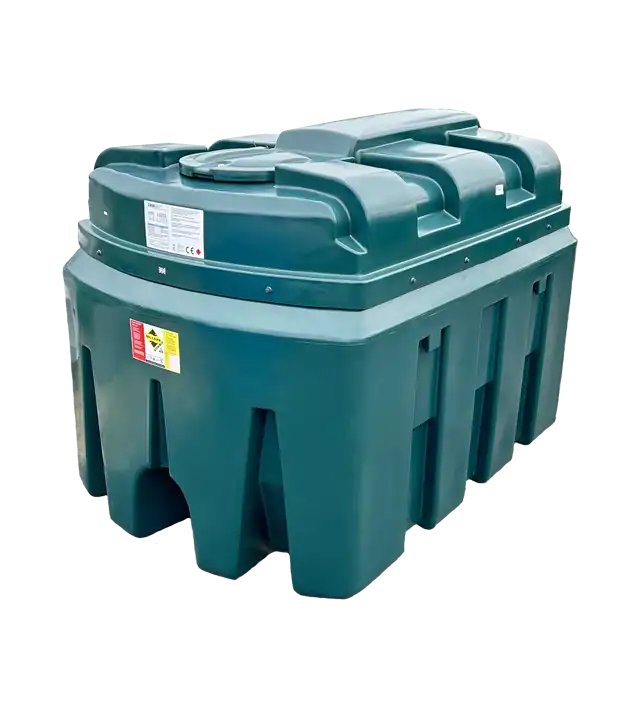
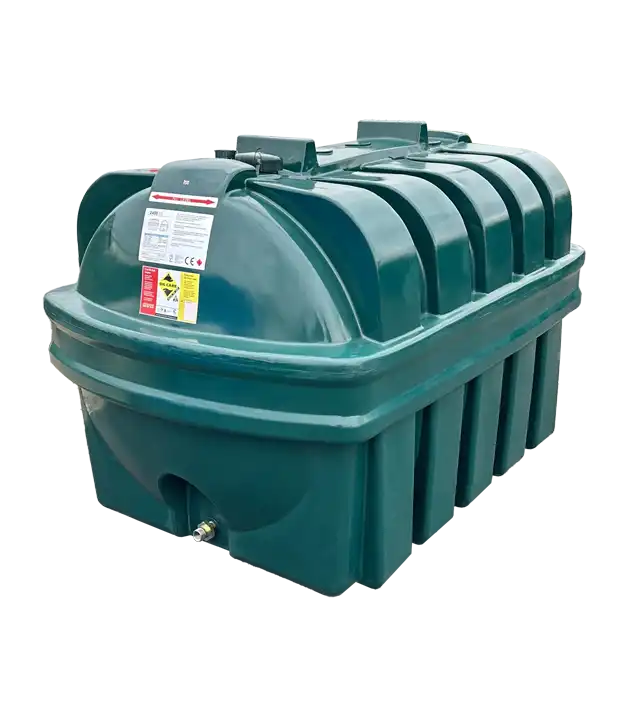

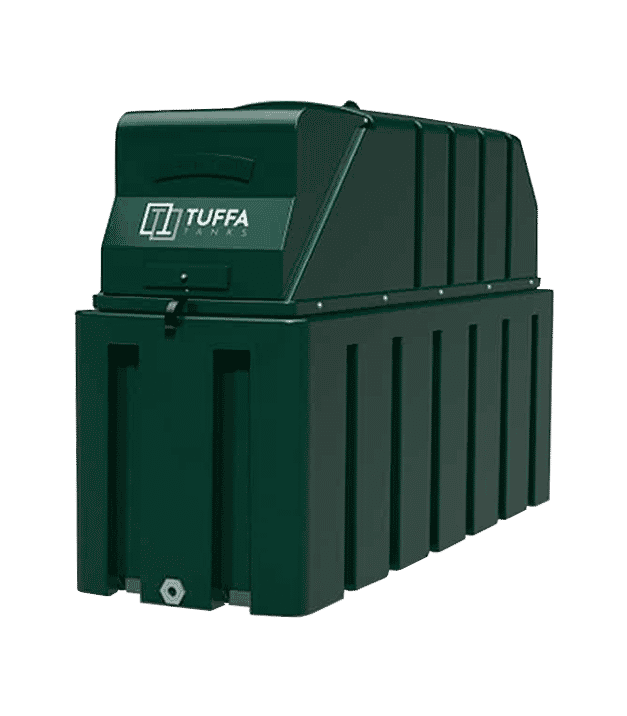
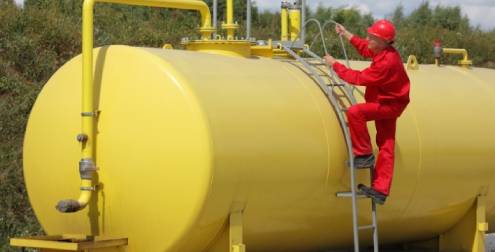
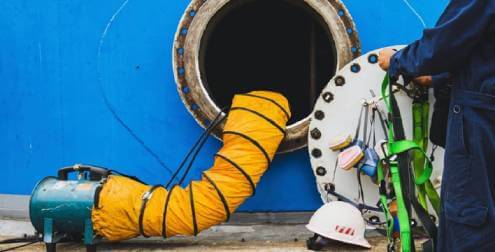


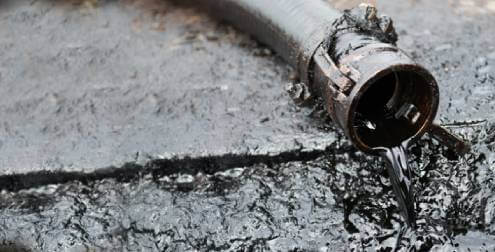
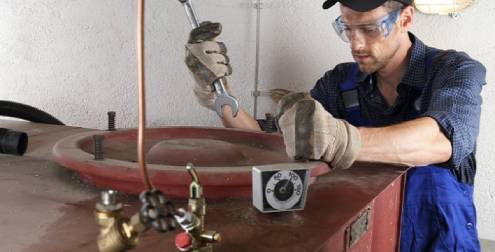

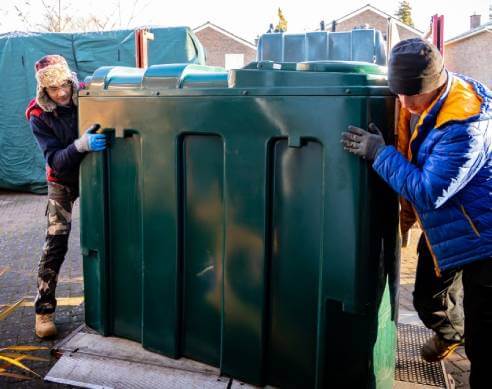
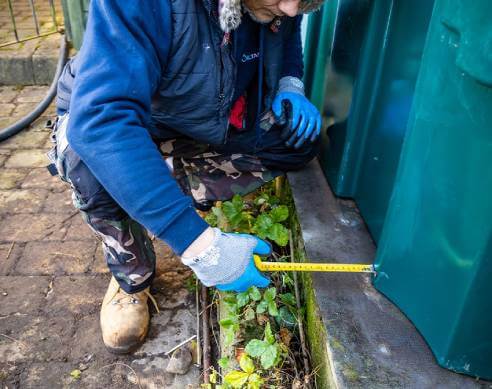


Share This: